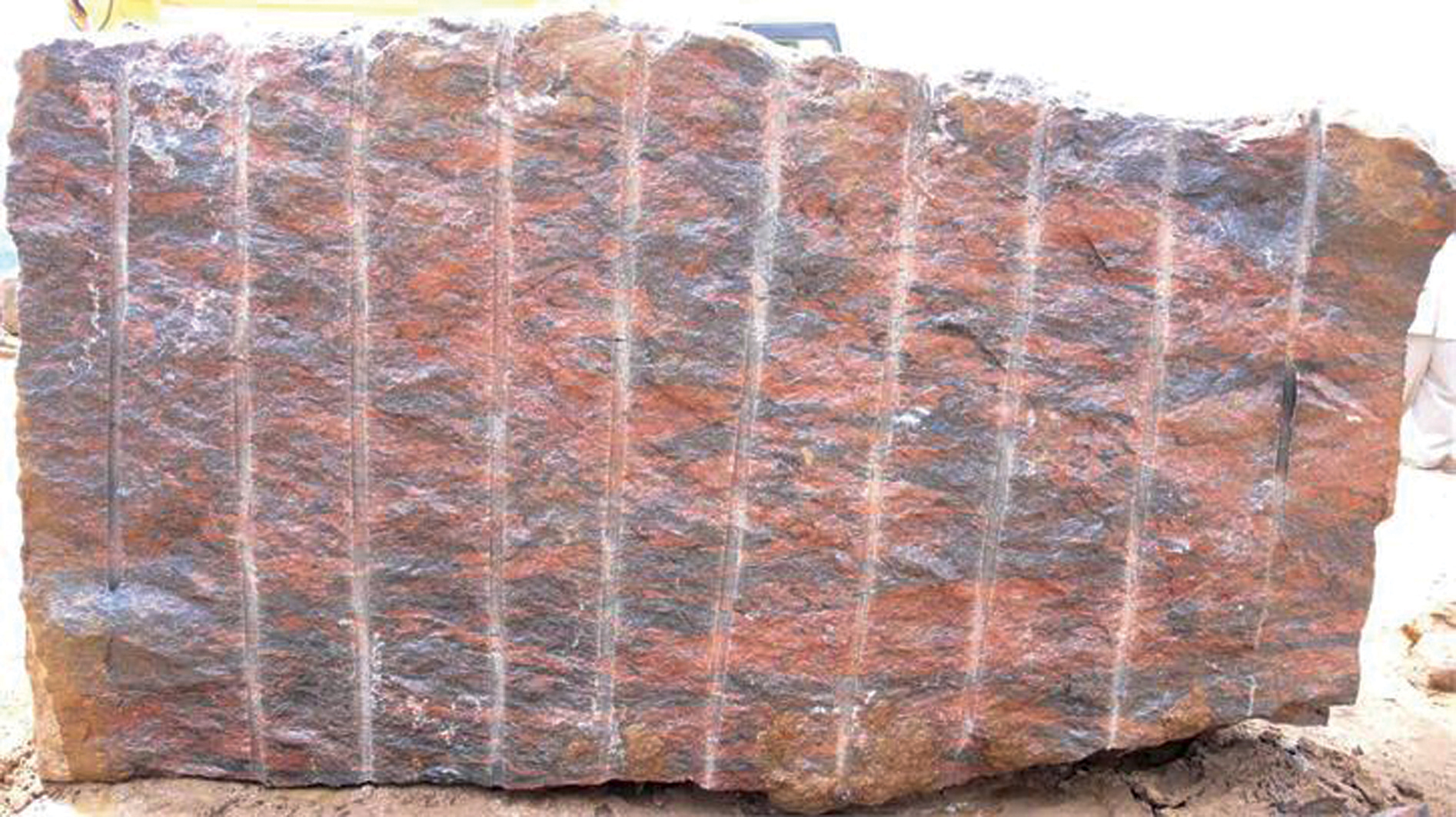Exploring Granite Quarries in South Africa: A Comprehensive Overview
Exploring Granite Quarries in South Africa: A Comprehensive Overview
Blog Article
Revealing the Mysteries of Granite Quarrying: Where Toughness and Elegance Meet
The globe of granite quarrying is a world where the raw strength of nature assembles with human creativity to create structures that stand the test of time with an air of beauty. From the midsts of quarries to the careful polishing in workshops, the process of changing granite into architectural wonders is an intricate dance of tradition and technology. As we peer into the midsts of this old craft, we begin to discover the hidden ins and outs that form the very essence of our built environment.
The Beginnings of Granite Quarrying
In the record of building background, the origins of granite quarrying are shrouded in a tapestry of old craftsmanship and geological marvels. Dating back to old Egypt and Mesopotamia, the removal of granite from quarries marked the beginning of a trip that would eventually cause the development of some of the world's most famous structures.
Granite quarrying's origins can be traced to the knowledgeable artisans that identified the stone's sturdiness and visual appeal. Through a mix of primitive devices and large resolution, these very early quarry employees discovered granite blocks that would certainly end up being the foundation of civilizations.
As worlds advanced, so did the techniques of quarrying granite. The Romans, renowned for their engineering expertise, created innovative techniques for extracting granite to construct monoliths, holy places, and roadways that stood the examination of time.
The tradition of these ancient quarrying techniques proceeds to shape modern-day architecture, with granite staying a symbol of strength and beauty in building tasks around the globe. (granite quarries in south africa)
Tools of the Quarrying Trade
The development of granite quarrying techniques from old people to contemporary times highlights the crucial role played by the devices of the quarrying sell shaping the sector's methods. In old times, quarrying tools were basic, commonly containing knives, hammers, and wedges made from materials like bronze or iron. These tools called for significant workforce and time to extract granite blocks from quarries.

Furthermore, the introduction of pneumatic devices and high-powered equipment has dramatically reduced the physical labor needed in quarrying operations, improving worker safety and performance. As the quarrying industry remains to innovate, the devices of the profession stay at the center of driving development and forming the future of granite extraction.
Drawing Out Blocks of Granite
Making use of accuracy machinery and progressed strategies, the removal of granite blocks from quarries has actually come to be an advanced procedure in the modern-day quarrying market. The click here for more info preliminary step includes recognizing the place and size of the granite deposit to identify one of the most effective removal technique. Once an appropriate website is selected, the extraction procedure starts with the boring of holes for the placement of see dynamites. Managed blasting techniques are then used to disintegrate the granite into workable areas.

Polishing and Completing Techniques
To achieve a flawless surface area on granite blocks, competent craftsmens employ a series of meticulous sprucing up and ending up strategies. After the first extraction and forming processes, the granite obstructs undergo a thorough polishing phase to enhance their natural charm and resilience. One usual method made use of in polishing granite is diamond abrasion, where commercial rubies are utilized to grind and polish the stone to a smooth coating. This process not just develops a shiny surface area however also guarantees harmony in color and structure throughout the granite block.
Along with polishing, ending up strategies are put on further fine-tune the granite's look. These strategies may consist of flaming, honing, or brushing, each offering special appearances and surfaces to suit various visual preferences. Flaming, for example, entails revealing the granite surface area to high temperature levels to produce a harsh, distinctive finish, perfect for outside applications where slip-resistance is crucial. Honing, on the various other hand, provides a matte surface that is smooth to the touch, perfect for interior kitchen counters and floor covering. By thoroughly selecting and applying these polishing and ending up methods, artisans can change raw granite blocks into beautiful items that showcase both strength and style.

Ecological Effect and Sustainability
With the expanding emphasis on environmental consciousness in the sector, granite quarrying methods are increasingly looked at for their influence on natural resources and lasting sustainability. Additionally, the transportation of granite from quarries to processing centers produces carbon exhausts, further contributing to environmental deterioration.
To this hyperlink alleviate these influences and guarantee sustainability in granite quarrying, market stakeholders are adopting various steps. Carrying out innovative modern technologies to reduce energy intake and water usage, recovering quarried land for environmental reconstruction, and advertising liable sourcing techniques are some methods being utilized. In addition, qualifications such as the Woodland Stewardship Council (FSC) and the Management in Energy and Environmental Design (LEED) help consumers identify environmentally friendly granite items.
Verdict
Finally, granite quarrying is a process that needs specialized tools and strategies to remove blocks of granite and polish them to a high degree of surface. While the ecological effect of quarrying can be substantial, efforts are being made to boost sustainability methods in the industry. In general, granite quarrying is a delicate equilibrium in between utilizing the stamina and elegance of this all-natural stone while lessening its effect on the setting.
Report this page